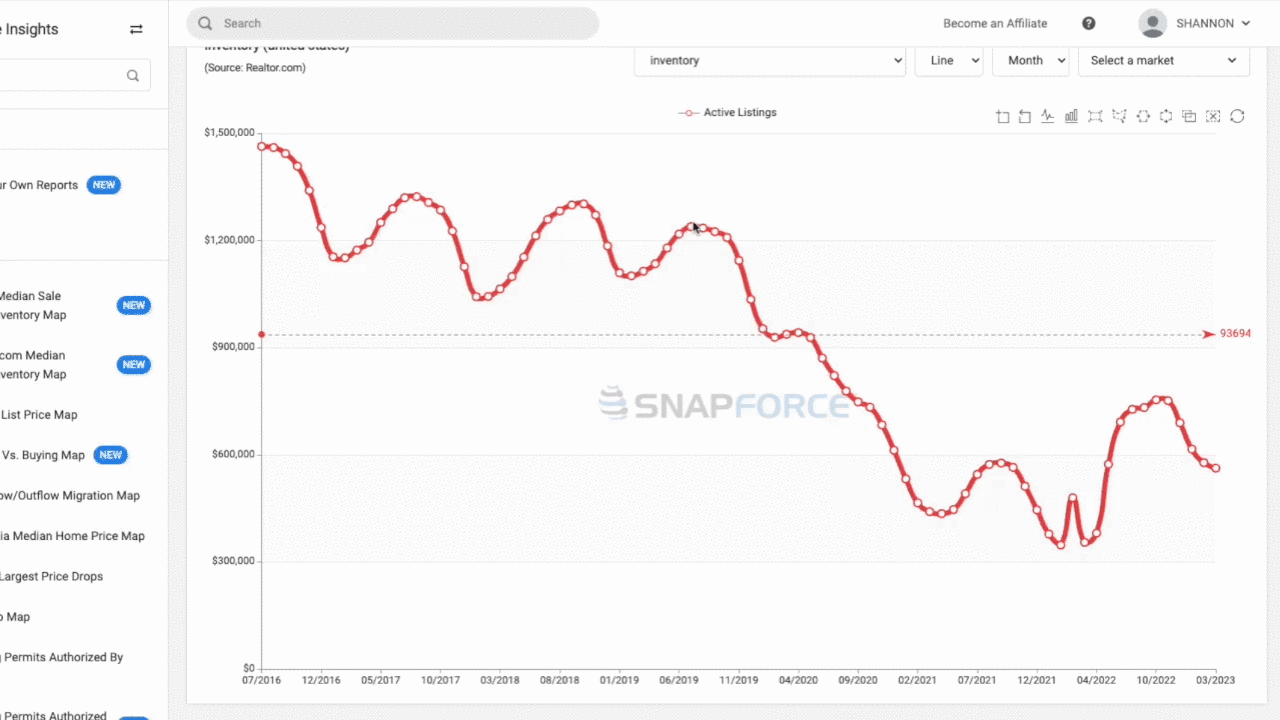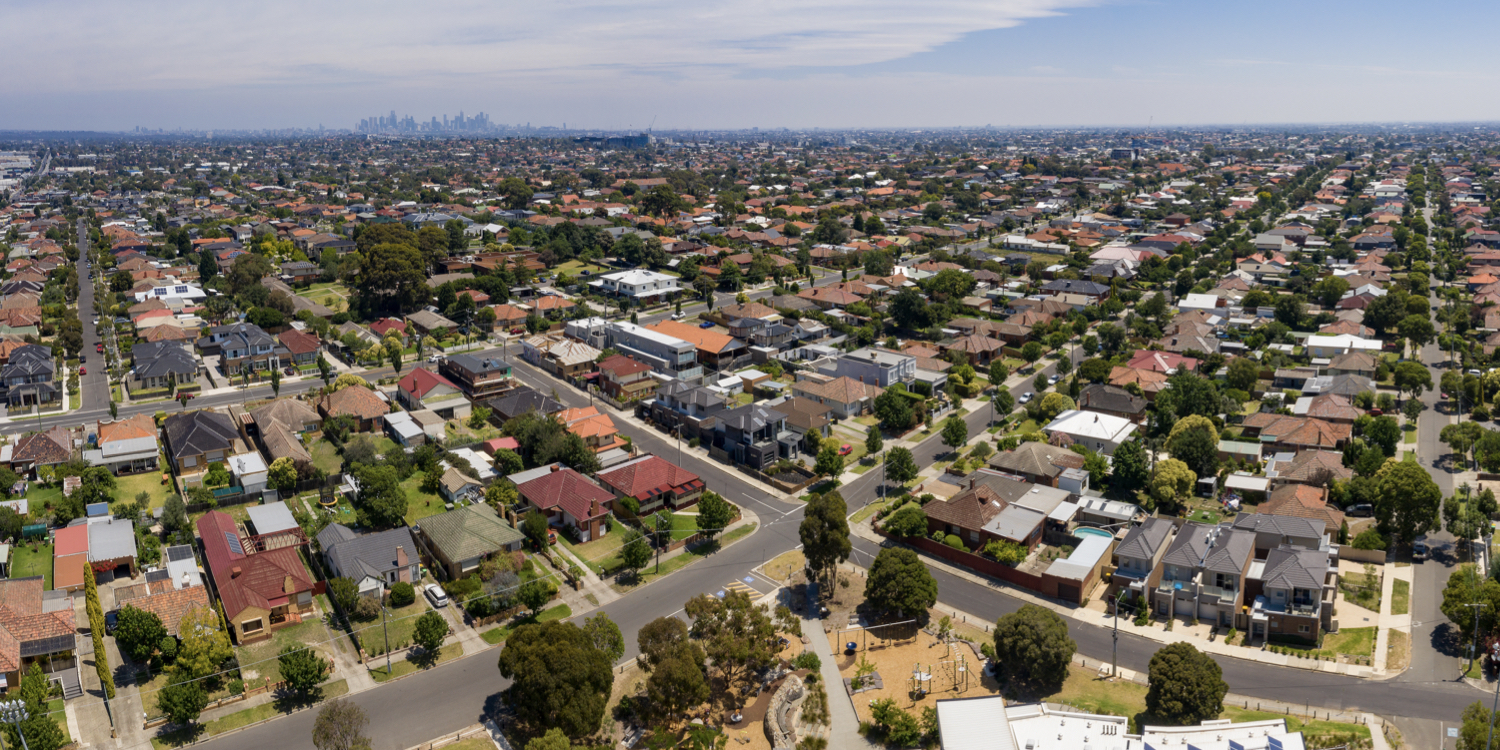Gasps were heard in the room during one session at NRMLA’s Southern Meeting in Austin Texas when one especially abominable instance of appraisal bias was shared. Here’s the story…
Continue readingIncreased reverse mortgage appeal in a frozen housing market?
The appeal of reverse mortgages may increase in a frozen housing market. Here’s why…
Continue readingThe reverse markets where home prices are falling
What reverse mortgage markets are seeing the largest declines in median home list prices?
Continue readingWhat Boomers are looking for in senior housing
[The Mortgage Report ] The American Seniors Housing Association (ASHA) has released a report detailing the senior living priorities of the Baby Boomer generation.
Continue readingWhy Home Values are Stuck!
A looming recession, repeated interest rate hikes, and mortgage rates that have more than doubled. One would think such economic forces would lead to a housing crash…
Continue readingThe hidden cost of incomplete financial advice
There’s always a cost to be exacted for the financial advice older homeowners choose to follow…
Continue readingThe signs that housing prices will drop in your city
MarketWatch spoke with Doug Duncan, senior vice president and chief economist at Fannie Mae in a video interview…
Continue readingShadow inventory & reverse mortgage home values
The coming shadow housing inventory and home prices
Home listing prices are dropping in several metros across the country but certainly not in all markets. In fact, if you look at your local home listings in the MLS (Multiple Listing Service), Zillow, or Redfin you’re likely to notice that there are far fewer homes listed for sale today than there were just months ago.
But more importantly, you may see home sellers stubbornly listing their homes at 2021 prices with 2023 interest rates. A disconnect from reality? Perhaps, but it’s also indicative of a frozen real estate market.
Reverse mortgage professionals are particularly keen on home price trends in their markets because it determines if a borrower may qualify for a reverse mortgage or receive enough loan proceeds to meet their objectives. While the housing market is somewhat stalled, a backlog of shadow inventory may finally hit the market in late 2023.
The term shadow housing inventory is somewhat broad so let’s define it.
Shadow inventory may include homes presently owned by residents or investors who are waiting for more ideal selling conditions or REOs (real-estate-owned) properties that are in foreclosure that won’t hit the market for several months. However, a third element of shadow inventory is generally overlooked. New single-family construction.
In 2020 there were 523,000 single-family units under construction. That number surged to a high of 811,000 units in 2022 despite supply chain disruptions and spikes in building supply prices. As of March Realtor-com shows 735,000 single-family units being built. With supply issues generally resolved and material pricing dropping substantially many of these units will become active listings later this year. The pipeline of homes under construction will help boost housing inventory back to levels seen in a normalized housing market.

For example, if you add 735,000 single-family homes under construction today to the present 562.565 available homes in inventory we would return to pre-pandemic inventory levels last seen in late 2018. Removing the barrier of artificially tight inventory will increase supply significantly and consequently, the log jam in home prices will be broken allowing prices to reflect the current economy and mortgage interest rates.

In conclusion, reverse mortgage professionals may find benefit in tracking housing inventory and construction trends in their markets to anticipate which areas may see sizable reductions in home prices. This research may reveal which areas will be more or less susceptible to large declines in value when housing inventory returns to its pre-pandemic norm.
Postscript:
Snapforce is the tool we use to look at the macro and local market housing trends. This tool was featured in our February 27th broadcast of the Industry Leader Update. Those wishing to research their markets can subscribe to Snapforce for $12/month here.
The 2023 housing market forecast
This week we look at what reverse mortgage professionals may expect of home values in 2023
Continue reading3 trends reverse mortgage pros should watch in 2023
There are three trends reverse mortgage lending professionals will want to watch in the new year…
Continue reading









